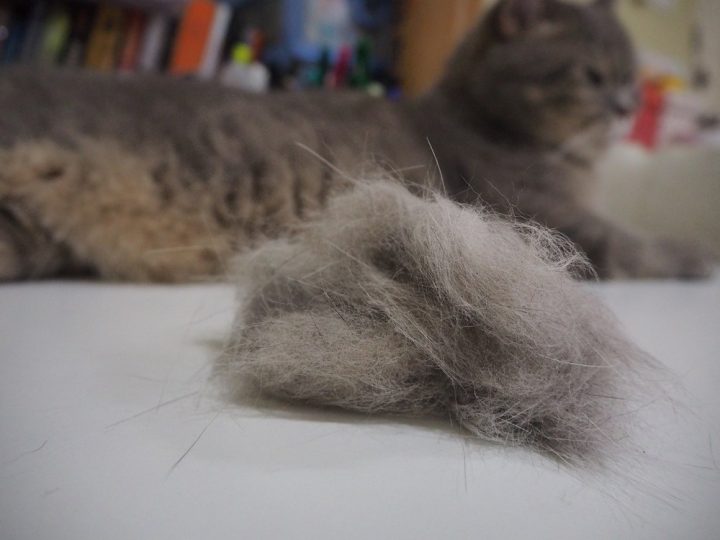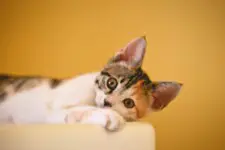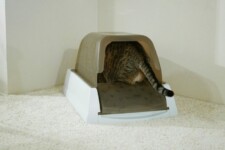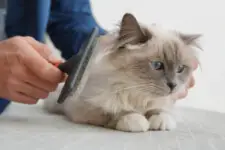8 Home Remedies for Cat Hairballs: Easy Fixes
Cats enjoy licking their coat and as much as this is enjoyable for them, it poses a serious problem; cat hairballs. In the process of grooming, they swallow hair, it accumulates in the stomach and finally forms a wad.
The hairballs cause discomfort to the cat and they will try to gag and vomit in order to dispel it. Luckily, you can spare your cat the struggle using the following home remedies for cat hairballs.

Top Home Remedies for Cat Hairballs
Fiber
Fiber is vital for the well being of both animals and humans. It aids in proper digestion and also helps to process hairballs in cats.
Add a few tablespoons of high-fiber cereal to your cat’s diet or fiber products like a quarter teaspoon of Metamucil to the cat’s food or one to three tablespoons of post-grape-nuts flakes a couple of times a day.
Alternatively, transition to a high fiber cat food to ease digestion.
Petroleum jelly
Petroleum jelly such as Vaseline will help lubricate your cat’s digestive track hence making feces elimination easier and comfortable.
This process will, in turn, get rid of the hair in the digestive tract. Apply petroleum jelly to your cat’s paws once a week.
Proper grooming
Maintaining a regular and comprehensive cat grooming will go a long way in eliminating hairballs and also ensure that your cat is a clean cat. Shedding fur is what causes hairballs so brushing away these hairs will help eliminate hairballs.
Brushing is very important especially if you are a parent to an elderly cat or if your cats have long fur. These grooming sessions can also be relaxing to both you and your cat.
Wipes
At the end of your grooming sessions, wiping your cat with baby wipes or a wet paper towel helps to remove the loose hair you might have missed during brushing.
Make sure to use fragrance-free and hypoallergenic wipes to wipe your cat.
Oil
Presence of oil in a cat’s digestive system aids digestion by eliminating hair in the cat’s stool. A teaspoon of olive oil, mineral oil, corn oil or saffron oil every week will do the trick.
If you do not have access to oil, a teaspoon of butter will work as a substitute. All you need to do is melt it and add it to your cat’s food once a week.
Toys
There is no problem with your cat grooming herself, in fact, cats enjoy it. The problem arises if she does it constantly. Excessive grooming can cause hairballs.
To avoid this, train your cat to engage in a different but equally enjoyable activity. Playing with toys is a perfect substitute. It not only distracts the cat, it also gives you quality time to enjoy your kittie.
Food
If your cat has a tendency of getting hairballs, you might want to switch to a hairball formula diet.
This diet works like fiber-rich foods. It helps pass hairballs as stool while reducing shedding and generally improving the cat’s skin and hair health.
Treat your cat with chicken of the sea sardines or tuna occasionally. These canned fishes contain natural oils that help dispel hairballs out of the cat’s system.
Canned pumpkin.
The natural fiber found in pumpkin helps to pass the hairballs out of the cat’s system comfortably. Add one or two tablespoons of canned pumpkin to the cat’s food every day or a couple of days a week.



